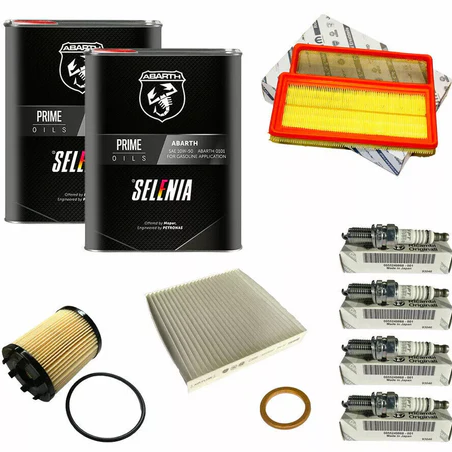Understanding ECU Remapping Stages
We’ve created this simple guide to help customers understand the different ECU Remapping Stages. Over recent years, these terms have become widely used within the tuning industry and enthusiast communities. Our aim is to give you a clear overview of what each stage means and how it applies to your car.
Stage 1

Stage 1 requires no major hardware modifications. In some cases, an upgraded intake system or panel filter (such as ITG, Forge Motorsport, BMC, or DNA Racing) can be included. Essentially, Stage 1 unlocks the power your car could have had from the factory. Manufacturers limit this potential to account for factors like global climates, emissions regulations, and market variations.
It’s the most popular option for customers, offering noticeable performance gains while retaining stock reliability. Many drivers even see improved fuel economy once they return to normal driving habits after the initial excitement.
Stage 2

Stage 2 requires supporting hardware such as a sports downpipe, performance exhaust, intercooler, and intake system. These upgrades allow the ECU remap to deliver more power safely and consistently.
For example, a sports cat downpipe requires the rear O2 sensor to be coded out, preventing the engine from running rich and risking long-term damage. Exhaust systems are another key factor, with options such as:
Turbo-Back Exhaust: Includes a sports cat/downpipe, front pipe, centre section, and rear silencer with tips (varies by vehicle).
Cat-Back Exhaust: The most popular choice, replacing the system after the downpipe for easier installation while still improving flow and sound.
Axle-Back Exhaust: A simpler, cost-effective option for added sound, though with minimal performance gains.

An uprated intercooler is also one of the best modifications at this stage. It improves cooling efficiency, allowing for more boost pressure and timing advance without heat soak. Pairing this with a quality intake system from brands such as ITG, Forge, BMC, or Airtec ensures your turbo receives a steady supply of cold, clean air.

Stage 3

Stage 3 is where things get serious. This level introduces a hybrid turbocharger—essentially a re-engineered turbo designed for greater airflow, boost, and efficiency. Combined with all Stage 2 hardware, this allows the ECU to be calibrated for maximum performance with advanced fuel and timing adjustments.
Depending on the vehicle, forged engine internals may be required to maintain reliability. For example, a Fiesta ST180 equipped with a hybrid turbo such as the VUDU VT330R, along with supporting modifications, can achieve 300+ BHP.
Bespoke Files
Anything beyond Stage 3 falls into the category of Bespoke Tuning. These custom calibrations involve extensive logging, data analysis, and days or even weeks of development to extract every last bit of performance safely.
Contact us if you’d like advice on which stage is right for your car, or if you’d like to discuss a custom ECU solution tailored to your exact setup.










